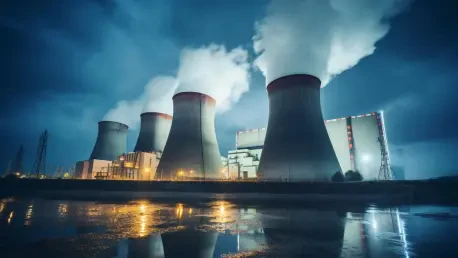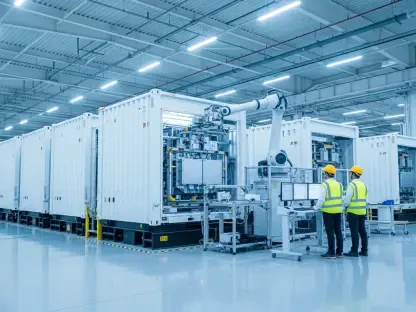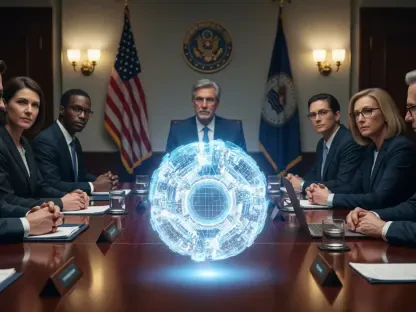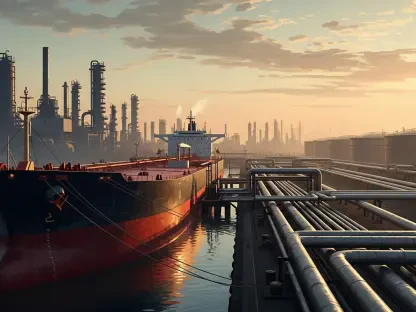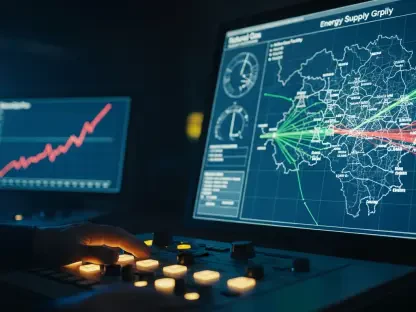In today’s discussion, we delve into the strategic maneuvers of EDF, the French state-owned utility giant, amidst an evolving energy landscape. Our guide is Christopher Hailstone, a well-versed expert in energy management, renewable energy, and electricity delivery. With EDF exploring asset sales to fuel investments in nuclear energy, we aim to uncover the dynamics shaping its decision-making process.
What assets is EDF considering selling as part of its portfolio review?
EDF is revisiting its portfolio to determine which assets might be divested. While specifics aren’t set in stone, business units like Dalkia and Edison, as well as certain renewable energy assets, are considered potential candidates. The focus appears to be on identifying assets that no longer align with the company’s strategic interests.
Why is EDF considering selling some of its assets?
EDF’s decision to evaluate asset sales stems from the need to align with government directives for increased nuclear investments. The firm faces pressure from the French government to free up capital for new nuclear reactor projects. This move dovetails with France’s broader energy strategy, as it remains Europe’s staunch advocate of nuclear power.
What specific business units or types of assets are potential candidates for sale?
EDF might consider selling Dalkia and Edison because these units could be seen as peripheral to its core focus on nuclear energy development. Similarly, renewable assets, apart from hydraulic power projects, are up for consideration due to the strategic shift toward nuclear priorities. This indicates EDF’s eagerness to streamline operations and refocus resources.
What are Bernard Fontana’s plans for EDF’s asset sales?
Bernard Fontana, EDF’s new CEO, approaches asset sales with a strategic eye, aiming to cast off unprofitable ventures or those misaligned with their long-term objectives. While Fontana is still assessing, the goal is to ensure that any divestitures strengthen EDF’s core mission and future growth prospects.
What did Bernard Fontana say about asset sales during his parliamentary hearings?
During parliamentary hearings, Fontana highlighted that while EDF might pursue sales for investment headroom, the utility intends to maintain its integrated structure. This reflects an approach balancing asset liquidation with a strategic intent to keep EDF’s operations cohesive and efficient.
How has the change in leadership from Luc Remont to Bernard Fontana affected EDF’s strategic direction?
The leadership transition from Luc Remont to Bernard Fontana marks a pivotal shift. Where Remont faced governmental impatience, Fontana appears to possess alignment with broader nuclear ambitions, bringing a focused, strategic perspective to EDF’s future, particularly around nuclear investments.
Can you discuss France’s reliance on nuclear energy and its impact on EDF’s strategic planning?
France’s profound reliance on nuclear energy profoundly influences EDF’s strategy. With about 70% of electricity generated from nuclear sources, EDF plays a central role in maintaining and expanding this capacity, which translates into strategic decisions emphasizing nuclear growth and infrastructure investment.
What challenges does EDF face in integrating new investments while considering asset sales?
EDF contends with the dual challenge of funding new nuclear projects while managing operational investments through potential asset sales. Striking the right balance between selling and investing is crucial to ensure future growth without compromising current capabilities and responsibilities.
How does EDF plan to maintain its operational efficiency and profitability amidst potential asset sales?
EDF’s strategy for maintaining efficiency involves careful analysis of which assets to retain or sell. By focusing on its most strategic ventures and potentially shedding those less central, EDF aims to enhance profitability while streamlining operations to align with its core energy resources.
What timeline is EDF considering for the potential asset sales, and what steps are involved in the process?
While there isn’t a definitive timeline, the process involves a comprehensive review of the portfolio to ascertain which assets to divest. The aim is to strategically time these sales to maximize returns and support nuclear investments, following a thorough evaluation.
How are employees and stakeholders being informed or involved in the decision-making process regarding asset sales?
Communication with employees and stakeholders is critical for EDF. Ensuring transparency and involvement helps mitigate uncertainty and aligns internal and external expectations with the company’s strategic goals, thus fostering a unified approach to impending changes.
What is your forecast for EDF amid these strategic changes?
Given the current trajectory, EDF is likely to become even more entrenched in nuclear energy reliance. This focus, driven by strategic asset sales, presents potential upsides in innovation and leadership within the industry. The key will be managing transitions effectively to capitalize on new investment opportunities while upholding its heritage of reliable energy solutions.
